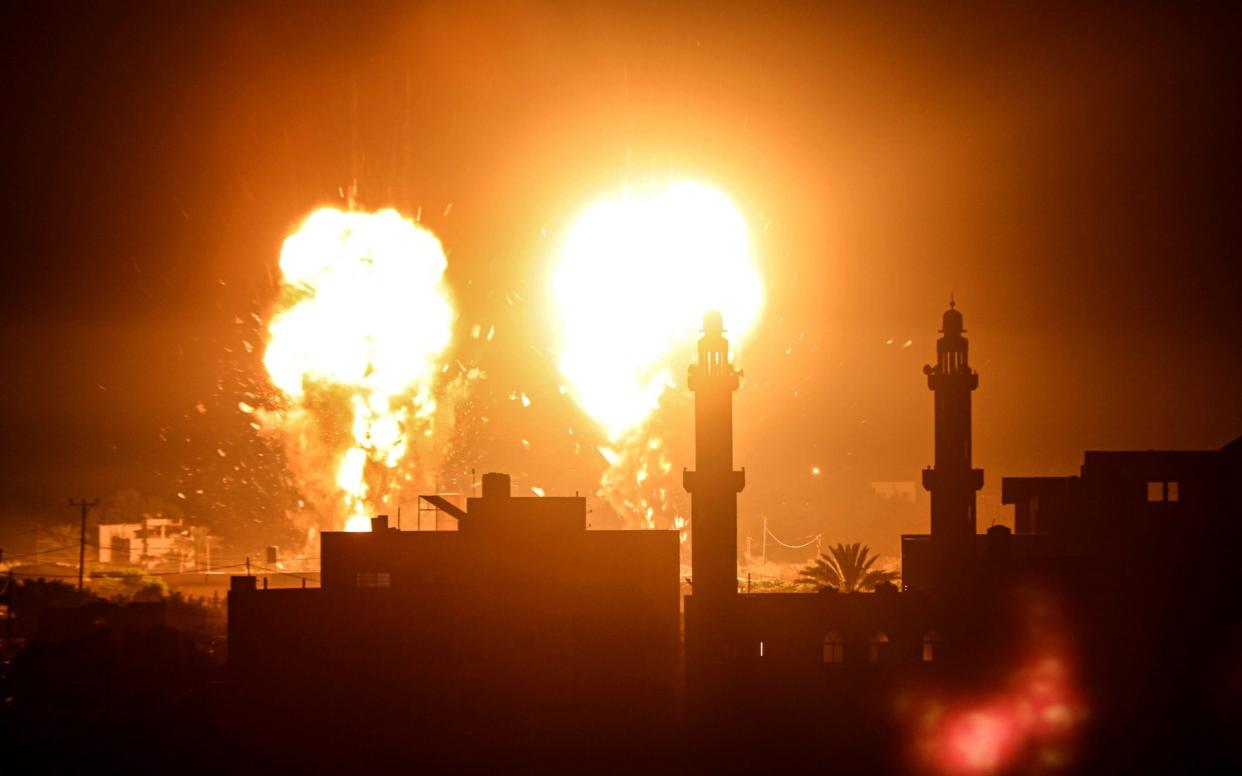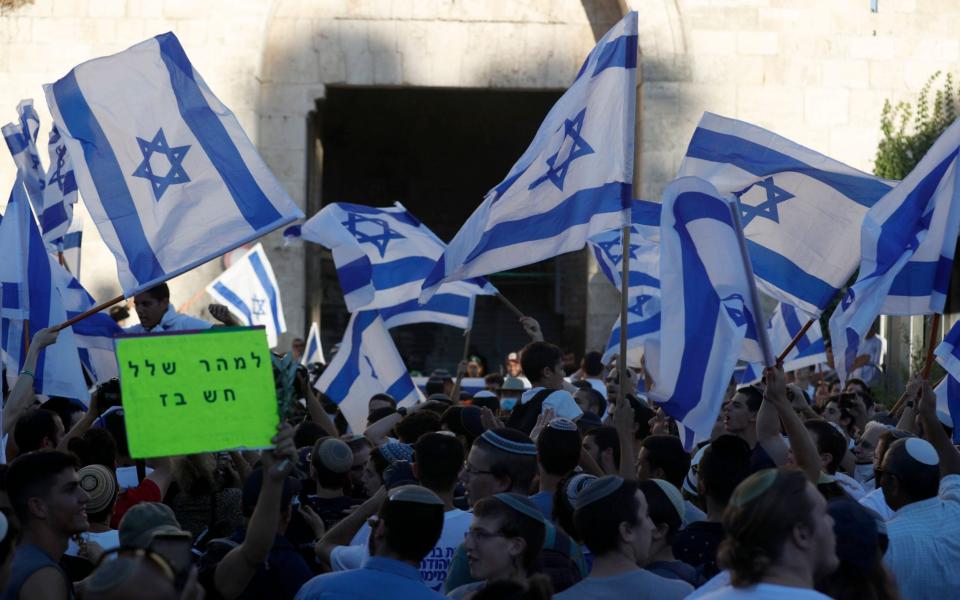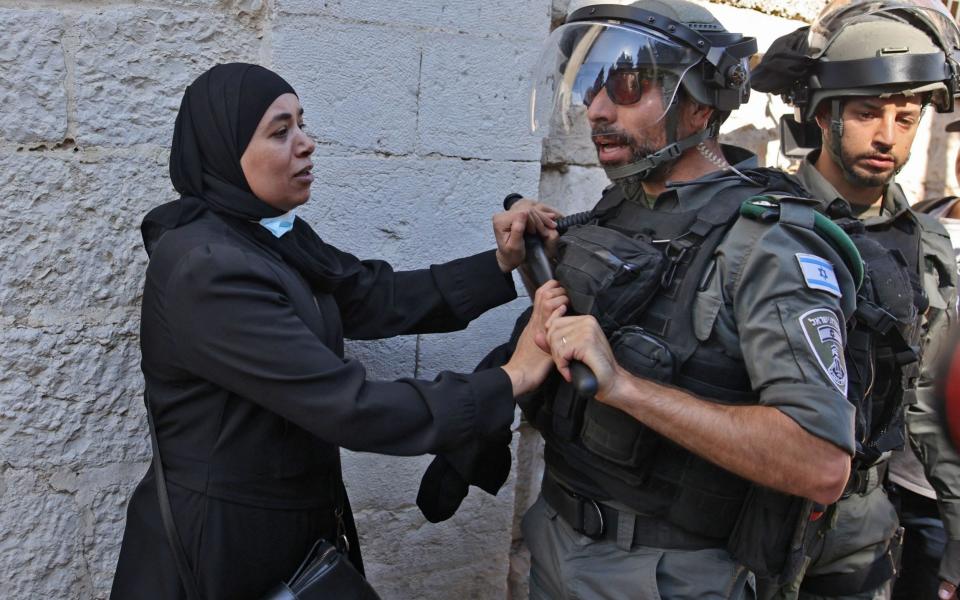Israel launches air strikes in Gaza after Hamas fires incendiary balloons

Israel mounted air strikes in the Gaza Strip on Wednesday, the first since the end of 11 days of cross-border fighting last month, in response to incendiary balloons launched from the Palestinian territory.
The flare-up, a first test for Israel's new government, followed a march in East Jerusalem on Tuesday by Jewish nationalists that had drawn threats of action by Hamas, the ruling militant group in Gaza.
The Israeli military said its aircraft attacked Hamas armed compounds in Gaza City and the southern town of Khan Younis and was "ready for all scenarios, including renewed fighting in the face of continued terrorist acts emanating from Gaza".

What caused the latest round of violence?
The strikes, the military said, came in response to the launching of the balloons, which the Israeli fire brigade reported caused 20 blazes in open fields in communities near the Gaza border.
A Hamas spokesman, confirming the Israeli attacks, said Palestinians would continue to pursue their "brave resistance and defend their rights and sacred sites" in Jerusalem.
Hours earlier, thousands of flag-waving Israelis congregated around the Damascus Gate of Jerusalem's Old City before heading to Judaism's holy Western Wall, drawing Palestinian anger and condemnation.

Israel, which occupied East Jerusalem in a 1967 war and later annexed it in a move that has not won international recognition, regards the entire city as its capital. Palestinians want East Jerusalem to be the capital of a future state that would include the West Bank and Gaza.
Prior to Tuesday's march, Israel beefed up its deployment of the Iron Dome anti-missile system in anticipation of possible rocket attacks from Gaza.
But as the marchers began to disperse after nightfall in Jerusalem, there was no sign of rocket fire from the enclave.
The procession was originally scheduled for May 10 as part of "Jerusalem Day" festivities that celebrate Israel's capture of East Jerusalem.
At the last minute, that march was diverted away from the Damascus Gate and the Old City's Muslim Quarter, but the move was not enough to dissuade Hamas from firing rockets towards Jerusalem, attacks that set off last month's round of fighting.
Could this lead to another major conflict?
It is too early to be sure, but there is little appetite on either side for a return to the scale of the violence in May.
At least 250 Palestinians were killed during that round of fighting, including some 60 children, while Hamas' military assets such as launching pits and tunnels were severely damaged by Israeli strikes.
On the Israeli side 13 people were killed, including one soldier.
However, Israel's new prime minister Naftali Bennett faces intense pressure from his right-wing base in the Yamina party to adopt a tougher stance on Hamas.
Has Israel broken the ceasefire?
The Israeli military strikes were in retaliation for incendiary balloons launched over the Gaza border by Hamas.
As there have been no reports of any injuries or deaths in Gaza, early indications suggest that the ceasefire may still hold.
